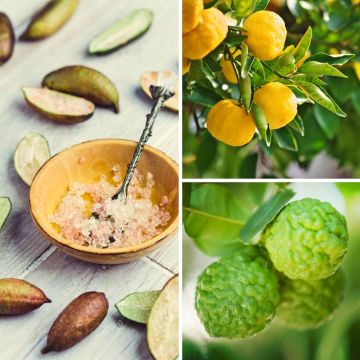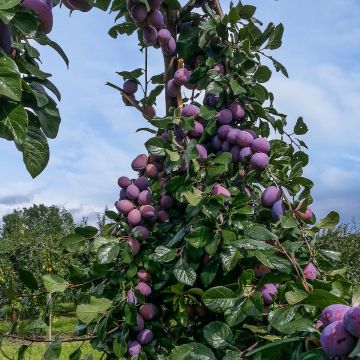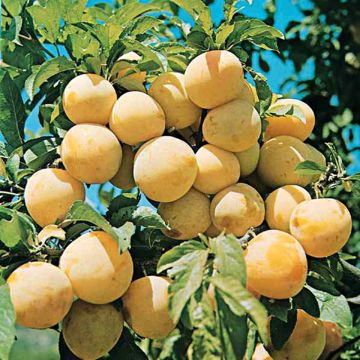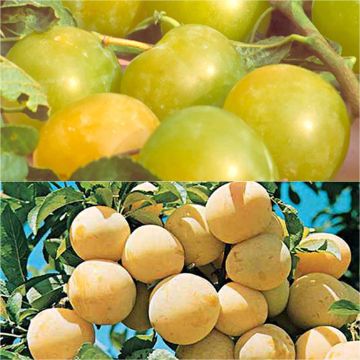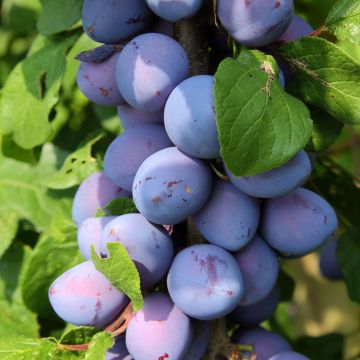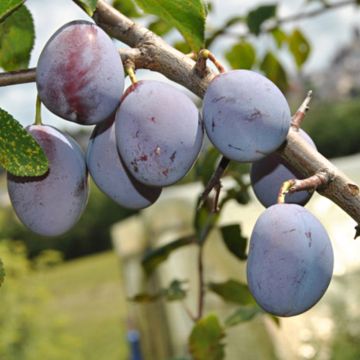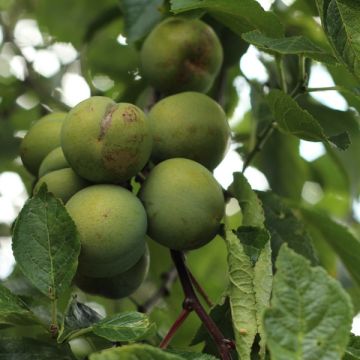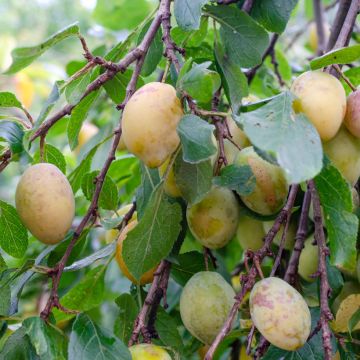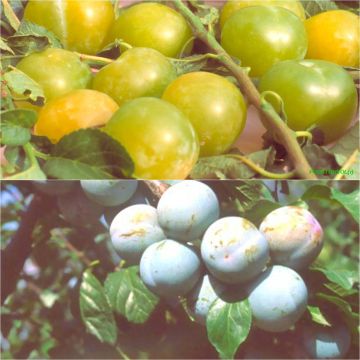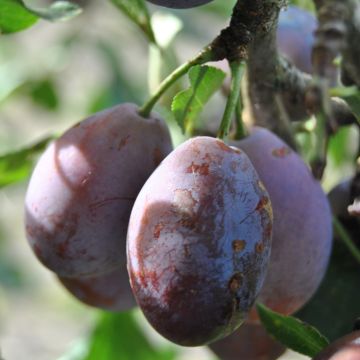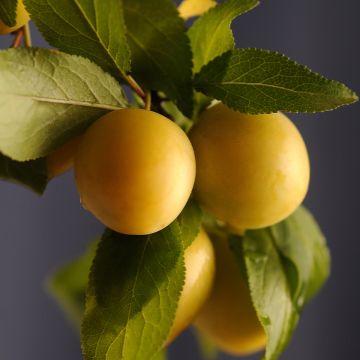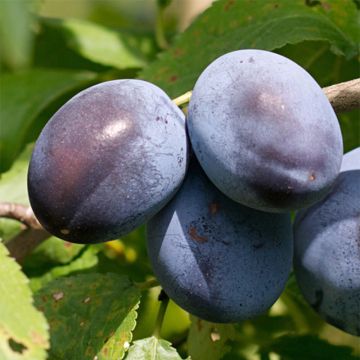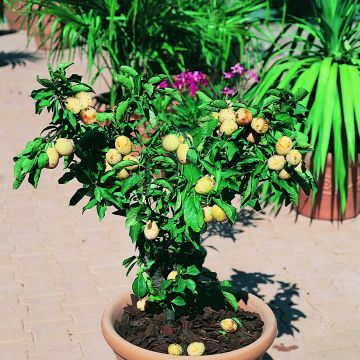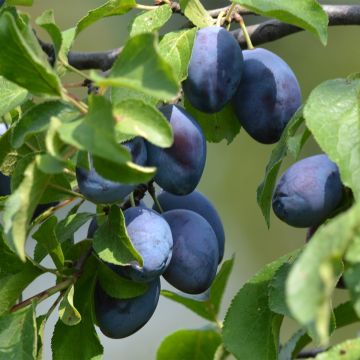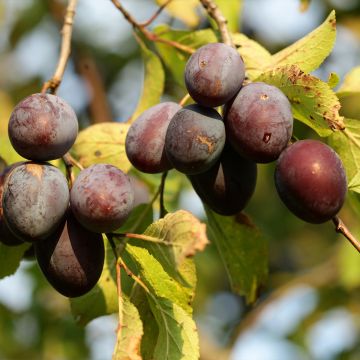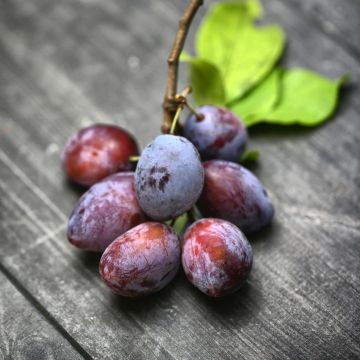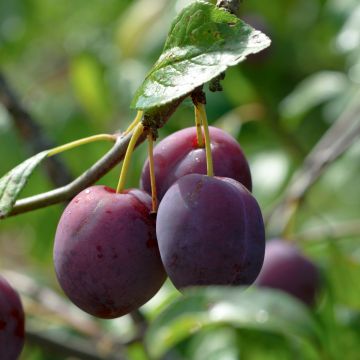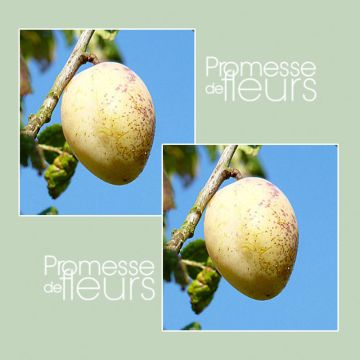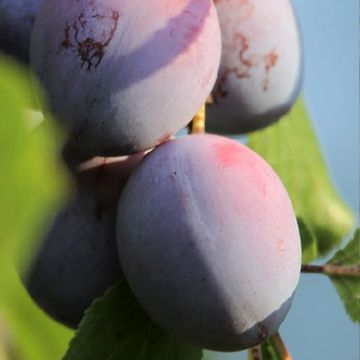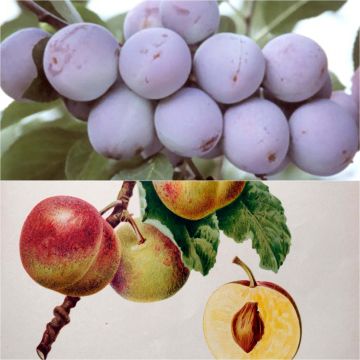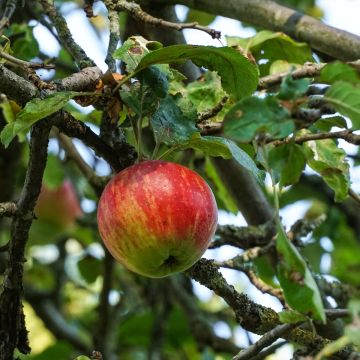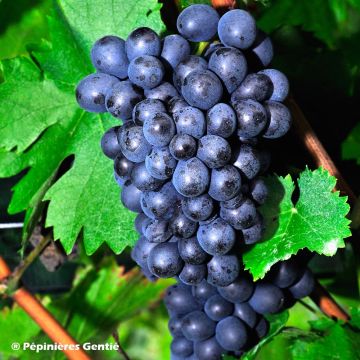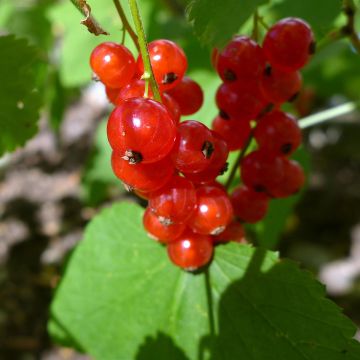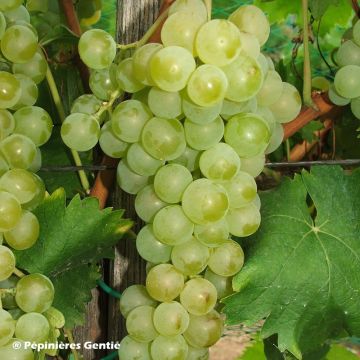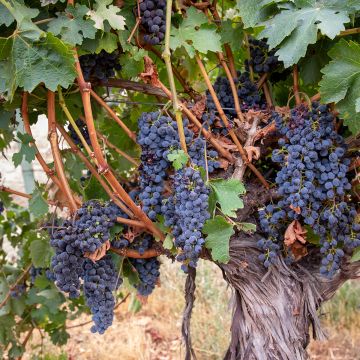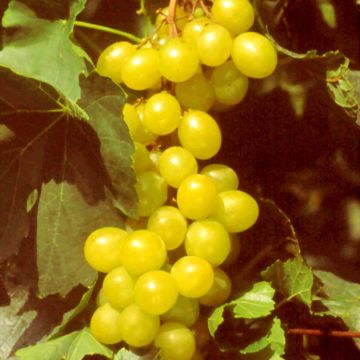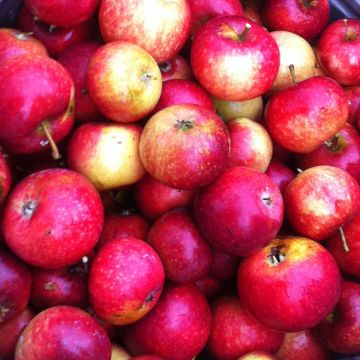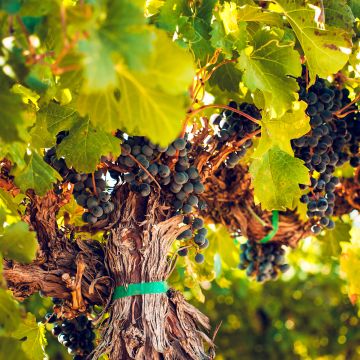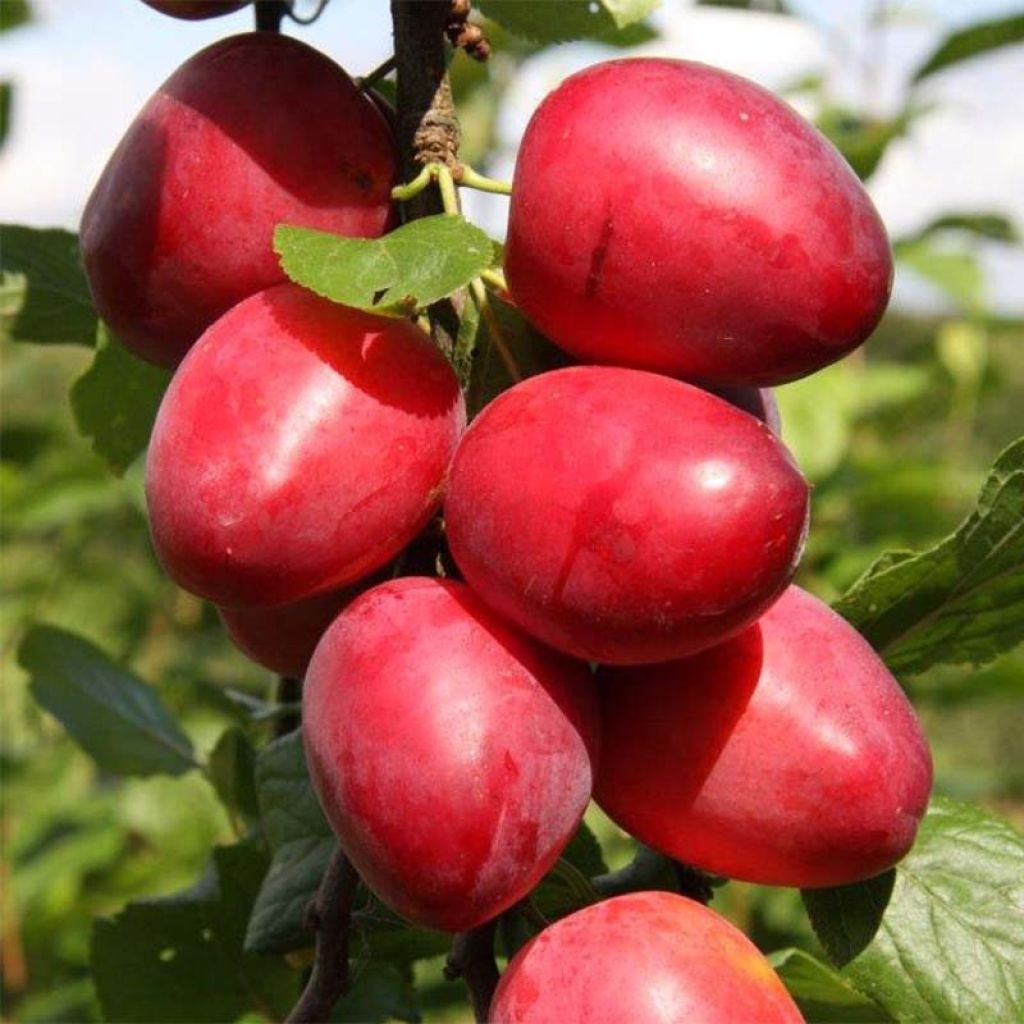

Prunus domestica Mirabelle Ruby - Common plum
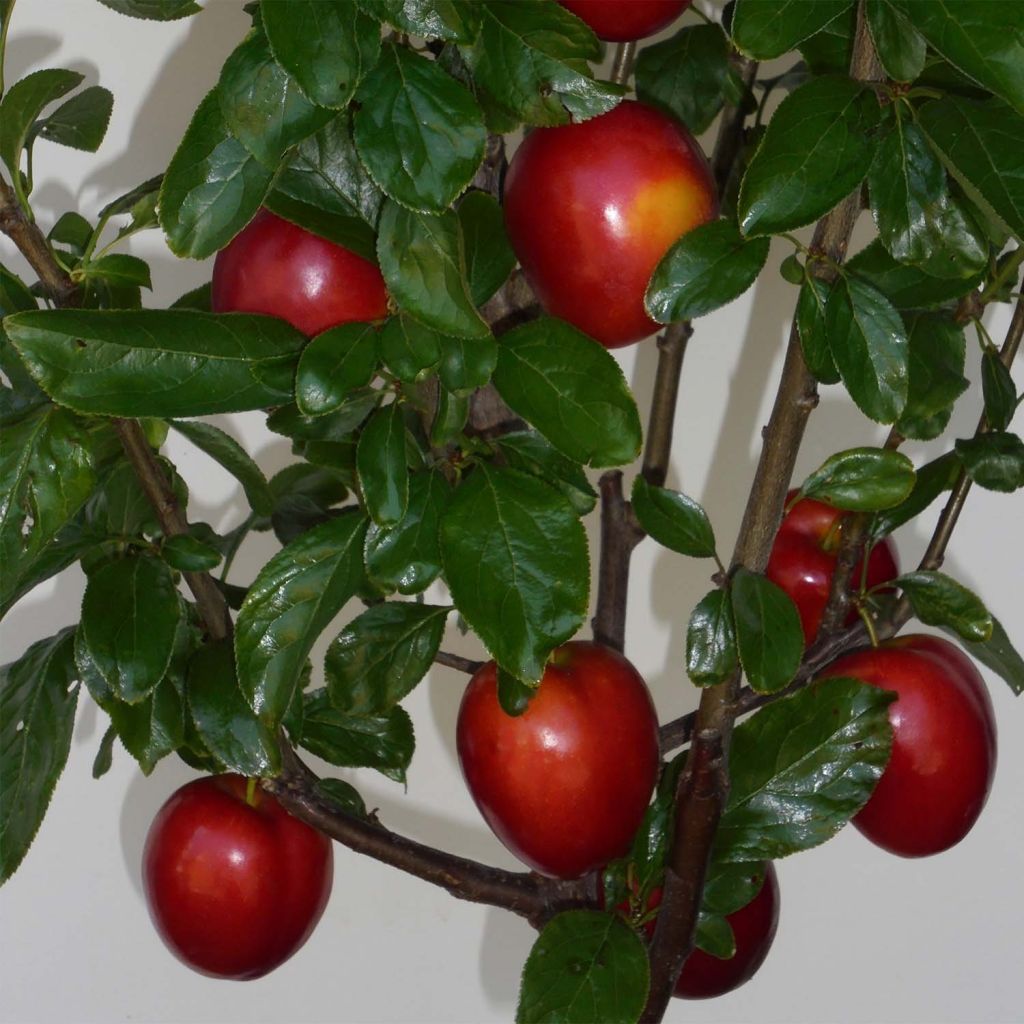

Prunus domestica Mirabelle Ruby - Common plum
Prunus domestica Mirabelle Ruby - Common plum
Prunus domestica Mirabelle Ruby®
European plum, Common plum, Garden plum
Tellement déçu. 1ere année on le plante et nous avons 3 gros fruits rond et violet, pas de goût et il s'avère que le prunier mirabelle Ruby est en fait un Crimson glow. j'appelle on me le remplace sans retourner le premier, je suis donc super content pour le geste commercial du SAV. Je plante donc le nouvel arbre beaucoup plus petit que le premier, j'attends 1 an et qques mois pour voir mon nouvel arbre qui me fait un fruit cette année et là encore une nouvelle variété, un Anna Spath je pense, le fruit est moins foncé que le premier et plus petit. Je suis tellement déçu... Je n'ai plus de place pour mettre un autre arbre et les 2 sont bien enraciné. Triste que vos fournisseurs vous livrent des mauvaises variétés.
Manu, 27/07/2023
Why not try an alternative variety in stock?
View all →This plant carries a 6 months recovery warranty
More information
We guarantee the quality of our plants for a full growing cycle, and will replace at our expense any plant that fails to recover under normal climatic and planting conditions.
Oversize package: home delivery by special carrier from €6.90 per order..
Express home delivery from €8.90.
Delivery to Corse prohibited: UE law prohibits the import of this plant from mainland France to Corse as part of the fight against Xylella fastidiosa. Please accept our sincere apologies.
More information
Description
The 'Mirabelle Ruby' Plum produces large, red and oval-shaped mirabelles that are very appetising. The dark red flesh is sweet, juicy, and highly fragrant with peach aromas. Harvesting begins in mid-August, depending on the climate. This self-fertile variety will be more productive when planted near a 'Belle de Nancy' mirabelle tree or a 'Reine Claude' plum tree. The narrow and columnar habit of this small fruit tree is particularly suitable for small gardens. Enjoy it fresh, in tarts, crumbles, and jams.
The original area of plum trees, derived from the Prunus domestica, is believed to be Syria, not China as previously thought. During the Roman Empire's hegemony over the region, various local fruits, including plums, were introduced to Rome. The 'Mirabelle Ruby' Plum is a recent variety, a spontaneous mutation of the 'Mirabelle de Nancy' plum tree obtained in the United Kingdom. It was selected for its moderate growth, size, and delicious flavour of its red fruits.
This small fruit tree naturally grows up to 3 metres (10 feet) in height when fully mature. Its habit is naturally narrow and slightly spreading, forming few lateral branches. It does not require pruning, and its compact size allows it to be grown in small gardens or even in large containers on the terrace. It is easy to cultivate, even for beginner gardeners, and easy to harvest. This mirabelle tree thrives in sunny, sheltered locations and can grow in any type of rich, deep, and preferably lime-free soil.
Its deciduous leaves fall in autumn. They are oval-shaped, almost oblong, with serrated edges and a slight velvety texture. They are medium green in colour, turning yellow in autumn before falling.
Flowering occurs early, in March-April depending on the region, and lasts for about 3 weeks. The tree is covered with white flowers that appear on the previous year's branches. They are partially self-fertile, so it is preferable to have another Prunus tree with simultaneous flowering nearby. The 'Mirabelle de Nancy' or 'Golden Reine-Claude' varieties are most suitable.
The fruits of the 'Mirabelle Ruby' plum tree are of a good size for a mirabelle, ovoid in shape, and range in colour from red to dark red. The flesh is firm, sweet, juicy, and highly aromatic.
Plums can be eaten fresh from the tree, in fruit salads, as well as in desserts and pastries (pies, crumbles, cakes), and as accompaniments to meats and savoury dishes. They can also be used to make delicious marmalades, jams, preserves, and compotes.
Report an error about the product description
Prunus domestica Mirabelle Ruby - Common plum in pictures
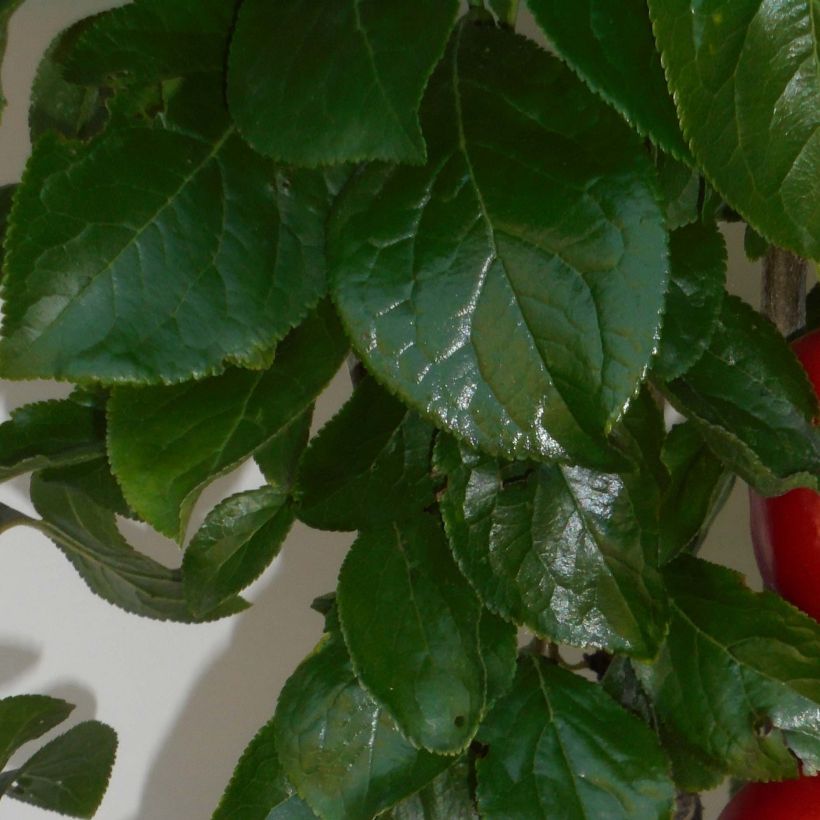

Plant habit
Fruit
Flowering
Foliage
Botanical data
Prunus
domestica
Mirabelle Ruby®
Rosaceae
European plum, Common plum, Garden plum
Cultivar or hybrid
Other Plum Trees
Planting and care
The 'Mirabelle Ruby' Plum Tree grows in all types of deep, rich, neutral to slightly acidic soil, moist but not excessively wet, preferably without limestone. Ensure proper drainage of the planting hole with a thin layer of gravel. Dig a hole two to three weeks before planting, twice as wide and deep as the pot. On the day of planting, place the tree with its pot in a basin of water, in order to moisten the entire root ball through capillarity. Add compost to the bottom of the hole. Place the tree in the hole, fill with a mixture of soil and compost. Do not bury the graft union. Firmly tamp down the soil at the base. The root ball should be completely covered. Water generously. Water regularly and abundantly to help your plum tree establish itself, especially in the first few years and during summer. To ensure a plentiful harvest, make sure the soil does not dry out too deeply and apply well-decomposed compost at the base of the tree in spring.
You can add a small handful of wood ash, rich in potash, during winter, which will improve fruiting.
Planting period
Intended location
Care
-
, onOrder confirmed
Reply from on Promesse de fleurs
Ancient and local varieties
Haven't found what you were looking for?
Hardiness is the lowest winter temperature a plant can endure without suffering serious damage or even dying. However, hardiness is affected by location (a sheltered area, such as a patio), protection (winter cover) and soil type (hardiness is improved by well-drained soil).

Photo Sharing Terms & Conditions
In order to encourage gardeners to interact and share their experiences, Promesse de fleurs offers various media enabling content to be uploaded onto its Site - in particular via the ‘Photo sharing’ module.
The User agrees to refrain from:
- Posting any content that is illegal, prejudicial, insulting, racist, inciteful to hatred, revisionist, contrary to public decency, that infringes on privacy or on the privacy rights of third parties, in particular the publicity rights of persons and goods, intellectual property rights, or the right to privacy.
- Submitting content on behalf of a third party;
- Impersonate the identity of a third party and/or publish any personal information about a third party;
In general, the User undertakes to refrain from any unethical behaviour.
All Content (in particular text, comments, files, images, photos, videos, creative works, etc.), which may be subject to property or intellectual property rights, image or other private rights, shall remain the property of the User, subject to the limited rights granted by the terms of the licence granted by Promesse de fleurs as stated below. Users are at liberty to publish or not to publish such Content on the Site, notably via the ‘Photo Sharing’ facility, and accept that this Content shall be made public and freely accessible, notably on the Internet.
Users further acknowledge, undertake to have ,and guarantee that they hold all necessary rights and permissions to publish such material on the Site, in particular with regard to the legislation in force pertaining to any privacy, property, intellectual property, image, or contractual rights, or rights of any other nature. By publishing such Content on the Site, Users acknowledge accepting full liability as publishers of the Content within the meaning of the law, and grant Promesse de fleurs, free of charge, an inclusive, worldwide licence for the said Content for the entire duration of its publication, including all reproduction, representation, up/downloading, displaying, performing, transmission, and storage rights.
Users also grant permission for their name to be linked to the Content and accept that this link may not always be made available.
By engaging in posting material, Users consent to their Content becoming automatically accessible on the Internet, in particular on other sites and/or blogs and/or web pages of the Promesse de fleurs site, including in particular social pages and the Promesse de fleurs catalogue.
Users may secure the removal of entrusted content free of charge by issuing a simple request via our contact form.
The flowering period indicated on our website applies to countries and regions located in USDA zone 8 (France, the United Kingdom, Ireland, the Netherlands, etc.)
It will vary according to where you live:
- In zones 9 to 10 (Italy, Spain, Greece, etc.), flowering will occur about 2 to 4 weeks earlier.
- In zones 6 to 7 (Germany, Poland, Slovenia, and lower mountainous regions), flowering will be delayed by 2 to 3 weeks.
- In zone 5 (Central Europe, Scandinavia), blooming will be delayed by 3 to 5 weeks.
In temperate climates, pruning of spring-flowering shrubs (forsythia, spireas, etc.) should be done just after flowering.
Pruning of summer-flowering shrubs (Indian Lilac, Perovskia, etc.) can be done in winter or spring.
In cold regions as well as with frost-sensitive plants, avoid pruning too early when severe frosts may still occur.
The planting period indicated on our website applies to countries and regions located in USDA zone 8 (France, United Kingdom, Ireland, Netherlands).
It will vary according to where you live:
- In Mediterranean zones (Marseille, Madrid, Milan, etc.), autumn and winter are the best planting periods.
- In continental zones (Strasbourg, Munich, Vienna, etc.), delay planting by 2 to 3 weeks in spring and bring it forward by 2 to 4 weeks in autumn.
- In mountainous regions (the Alps, Pyrenees, Carpathians, etc.), it is best to plant in late spring (May-June) or late summer (August-September).
The harvesting period indicated on our website applies to countries and regions in USDA zone 8 (France, England, Ireland, the Netherlands).
In colder areas (Scandinavia, Poland, Austria...) fruit and vegetable harvests are likely to be delayed by 3-4 weeks.
In warmer areas (Italy, Spain, Greece, etc.), harvesting will probably take place earlier, depending on weather conditions.
The sowing periods indicated on our website apply to countries and regions within USDA Zone 8 (France, UK, Ireland, Netherlands).
In colder areas (Scandinavia, Poland, Austria...), delay any outdoor sowing by 3-4 weeks, or sow under glass.
In warmer climes (Italy, Spain, Greece, etc.), bring outdoor sowing forward by a few weeks.


































